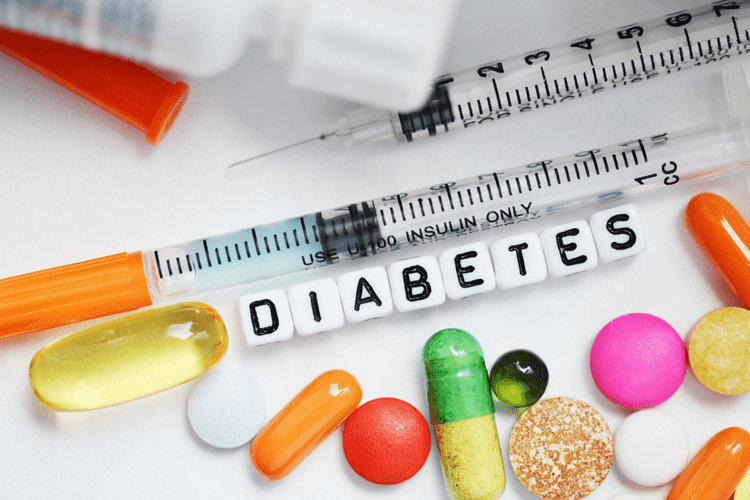Many publications report Baijiu, an alcoholic beverage from China, as the world’s most consumed alcohol. According to the Journal of Ethnic Foods, Baijiu is a clear and distilled Chinese liquor produced from sorghum, wheat, rice, or other grains. Although alcohol is often viewed as a recreational substance, it can have devastating consequences when abused. According to the Centers for Disease Control and Prevention (CDC), excessive alcohol consumption is linked to 95,000 fatalities in the United States every year. Arecent survey conducted by The Recovery https://www.salhab360booth.com/what-are-the-physical-signs-of-alcoholism-and-how/ Villagefound that alcohol use in general increases as household income increases. Looking into specific drinking patterns, a2012 studyalso found that lower-income households are more likely to either not drink at all or have heavy drinking episodes.

Deaths Caused by Alcohol Use in the UK
Insufficient treatment infrastructure or a shortage of a skilled workforce to staff facilities and alcoholism statistics deliver care can also play a role in treatment rates. Alcohol abuse and alcoholism continue to pose significant public health challenges in the United States. Demographic factors, such as age and gender, help illuminate who is most at risk, while socioeconomic and geographic data reveal where disparities exist.
- Binge-drinking is a significant problem in Wisconsin, and alcohol-related deaths are more likely to involve older, long-term users.
- In fact, functional beverages already make up roughly 10% of the overall NA beverage market in the US.
- Addressing alcohol misuse involves a multifaceted approach that includes education, policy-making, and individual intervention.
- Explore topics related to alcohol misuse and treatment, underage drinking, the effects of alcohol on the human body, and more.
- In 2023, the male PYLL rate in the most deprived 10th of lower tier local authority areas was 1.9 times higher than the rate in the least deprived 10th (1,613 and 850 per 100,000 population respectively).
What are the signs of alcohol addiction?

Pinpointing when individuals typically begin substance use underscores the need for early intervention strategies. Historical inequities in healthcare, cultural stigma, and location-based barriers drive these disparities, highlighting the importance of culturally informed treatment and policy. Understanding the distribution of substance use by age helps target prevention and early intervention efforts where they can be most effective. †Based on Halfway house comparable student completion & placement data for online programs as currently reported in our consumer information section of our website, per our institutional accreditor. You’ll get everything you need to know about culinary & pastry careers, food entrepreneurship, financing your culinary education, and more. Here’s a breakdown of the top ten reasons people gave for ordering alcohol delivery.
- Environmental causes may include easy access to alcohol or social norms that promote drinking.
- Recovery from addiction is a journey that spans personal, social, and systemic challenges.
- Studies have shown that alcohol use disorder is more common in people with mental disorders.
Facts About U.S. Deaths from Excessive Alcohol Use
- By fortifying community resources and ensuring that every individual has a pathway to professional help, we can gradually tip the scales toward long-term recovery and healthier, more resilient communities.
- Always seek the advice of your physician or other qualified health provider with any questions you may have regarding a medical condition.
- Yet, only one-third of adults view alcohol addiction as a crisis, compared to over half who see opioids as such.
- The estimates in this analysis are based on self-reported alcohol consumption data collected from the CCHS.
The scatter plot compares the prevalence of alcohol use disorders in males versus that of females. The prevalence of alcohol dependence in men is typically higher than in women across all countries. Long-run data on alcohol consumption from the United States gives us one perspective of drinking since 1850. In the chart, we see the average consumption (in liters of ethanol) of different beverage types per person in the USA since the mid-nineteenth century. The health consequences of alcohol misuse are multifaceted, contributing to over 200 diseases, with cardiovascular diseases linked to a significant percentage of alcohol-related deaths.

Even states with smaller populations like North Dakota experience substantial economic strain, with alcohol-related costs nearing half a billion dollars annually. These include the availability of alcohol, increases in people experiencing mental health conditions, and challenges in accessing health care. Substance abuse data serve as an essential barometer for public health interventions and policy decisions. In the broader landscape, we see stark differences by region, age, socioeconomic status, and more. Understanding these trends is critical for guiding prevention efforts, expanding treatment access, and improving long-term recovery outcomes. The 2023 cycle of the CCHS included a strategic oversample to improve coverage (as part of the Data Disaggregation Action Plan) for racialized groups, Indigenous people, and persons with disabilities.
0 Comments